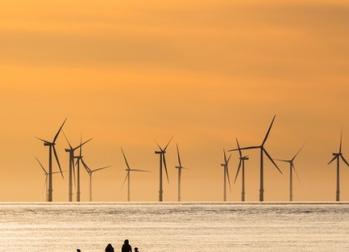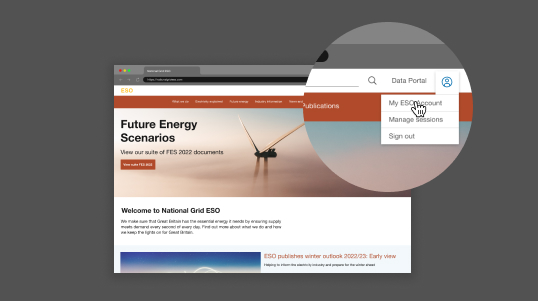The Balancing and Settlement Code contains the rules and governance arrangements for electricity balancing and settlement in Great Britain.
The code covers the metering of the physical production and demand for electricity from generators, suppliers and interconnectors in relation to their contracted positions. And it also covers the calculating and settling of any imbalances when delivery or offtake doesn’t match those positions.
The BSC sets out a framework for making a submission to buy or sell electricity into or out of the market at close to real time.
It’s administered by ELEXON but there’s some related information here that you might find useful.
For more information, contact [email protected].

BM reporting platform
The Balancing Mechanism Reporting Service (BMRS) is the main source of operational data for electricity balancing and settlement arrangements. It’s used by traders, regulators, industry forecasting teams and academics to make trading decisions, and understand market dynamics (among other things).

MODIS
The Market Operation Data Interface System (MODIS) reports on market data, with a focus on data for the European Transparency (ETR) and REMIT regulations. We developed MODIS as a separate system to make sure balancing of the system wasn’t compromised.

C16 statements and consultations
Find SMAF and BPS performance reports as well as statements, guidelines, price and market data in accordance with Special Condition C16 of the Statements of the Transmission Licence.

Balancing programme update
A new tool for balancing supply and demand in an ever-changing world.
BM auditor's report
By accessing these reports, you are agreeing to our terms and conditions.
| Name | Published Sort ascending |
|---|---|
| Balancing Mechanism Auditor Report 2024 | 15 May 2024 |
| Balancing Mechanism Auditor Report 2023 | 30 May 2023 |
| Balancing Mechanism Auditor Opinion and Approach 2021 | 5 Jul 2021 |
| Balancing Mechanism Auditor Report 2020 | 23 Oct 2020 |
| Balancing Mechanism Auditor Report 2019 | 22 May 2019 |
| Balancing Mechanism Auditor Approach 2018 | 22 May 2019 |
| Balancing Mechanism Auditor Approach 2019 | 22 May 2019 |
| Balancing Mechanism Auditor Report 2017 | 7 Jun 2017 |
| Balancing Mechanism Auditor Report 2014 | 20 Dec 2016 |
| Balancing Mechanism Auditor Approach 2017 | 20 Dec 2016 |
Methodology statements for determination of system-to-system flow
Section R7.5.3 of the Balancing and Settlement Code (BSC) sets out a requirement for the authority to approve these statements. They describe the operational process for determining the system-to-system flow on the relevant GB interconnectors.
For more information on this, please email us at [email protected].
